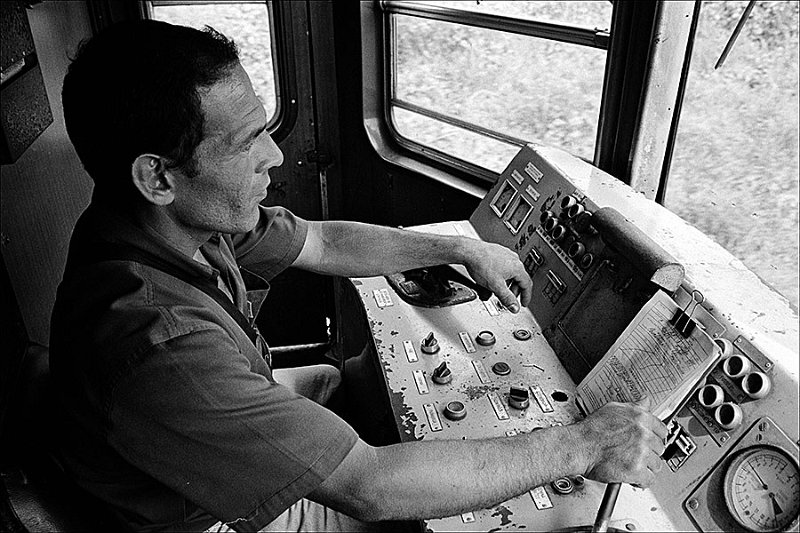Scrambler
Well-known
And Hitler took their guns away. Great Britain and Australia didn't follow that move until recently.
And it's amazing how much speech is illegal....everywhere but in America.
http://en.wikipedia.org/wiki/Freedom_of_speech_by_country#United_Kingdom
Can't say for the UK but here in Oz there are a decent number of guns. What there are not is semi-automatics. The other thing we no longer have, but did have 20 years ago, are mass shootings. No school shootings etc.
If you read up on the post WWII design of military light weapons you might understand why a civilian population can do without them.
The local paper recently headlined the number of guns registered in our Municipality of just over 100,000 people: 17,000. Perhaps not USA levels but not gone.


